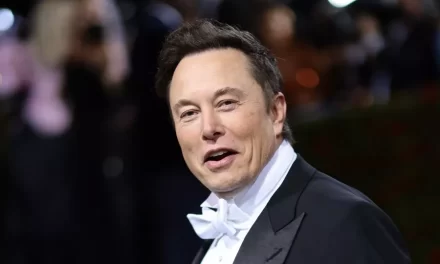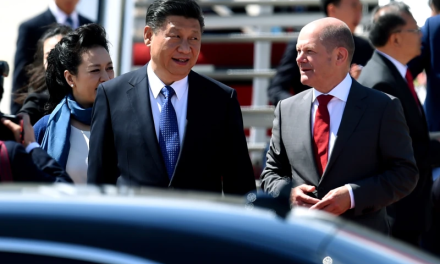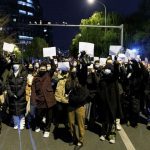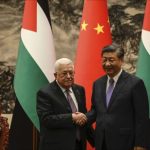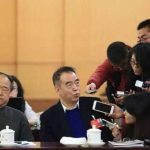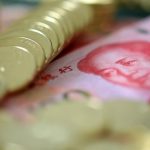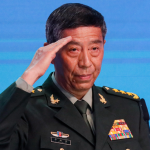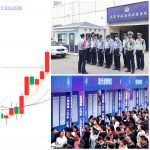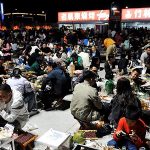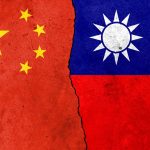BY BRADLEY A. THAYER AND LIANCHAO HAN
The Sino-American confrontation is all azimuths: economic, diplomatic, military, ideological. Each is significant and requires a determined, united response from the United States. While the economic and military elements have received considerable attention, the ideological war waged by the People’s Republic of China (PRC) against the United States has not. This must change. Communist China’s global propaganda is focused, dynamic and evolving, and its operations around the world reach billions of people.
This is a form of aggression against the United States and should be recognized as such.
The Chinese Communist Party’s (CCP) global propaganda is rooted in ideology that requires it to control all media in China. Media must be, first and foremost, the party’s mouthpiece. Chinese leader Xi Jinping repeatedly tells his propagandists that “all news media run by the party must work to speak for the party’s will and its propositions, and protect the party’s authority and unity.”
Over the past decade, the PRC has spent billions of dollars to launch a long-term global propaganda and disinformation campaign to control discourse; export its repressive ideology; rewrite international norms rules, including creating a “new world media order”; undermine democratic governance in the United States; manipulate public opinion; and attempt to win the hearts and minds of the people to serve the CCP’s grand strategy for world hegemony.
Xi’s “grand strategy for external propaganda” emphasizes increasing capacity-building of international media, controlling the power of discourse, optimizing strategic global positioning, and creating influential international media platforms to “tell China’s story well.” The desire the control the media also governs China’s efforts in the global telecom market and its aim to build the world’s 5G network.
The goals of the CCP’s propaganda apparatus are:
- To control the power of discourse about China and the CCP within and outside of China, to prevent the international community from undermining the CCP and Xi Jinping and to condition the Chinese people to accept party rule;
- To promote the regime’s ideology, values and narratives abroad, which includes legitimizing its authoritarian political and economic model while laboring to de-legitimize those of the West;
- To create a positive, nonthreatening image for domestic and international audiences as a rising, peaceful great power that seeks only to advance cooperative and mutually beneficial projects such as the Belt and Road Initiative;
- To unite Chinese living in Western countries and find non-Chinese proxies to speak on Communist China’s behalf; and
- To penetrate the world, particularly Asia and Western democracies, through a media presence that wins over people.
The PRC’s propaganda has come a long way from disseminating copies of Mao Zedong’s “Little Red Book.” It is adaptive, wealthy, and knows how to operate in the free world media sphere. It utilizes the openness and free speech of the West by aggressively acquiring Hollywood and media outlets to advance its propaganda content. Today, China has the most extensive network of state media organizations in the world, employing thousands of non-Chinese — mainly native English-speaking journalists, editors, managers and PR personnel. Furthermore, the PRC has hired tens of thousands of Chinese professional propagandists and many more amateurs to shape public opinion.
More importantly, Xi recently ordered his propagandists to implement a new strategy of media convergence, to integrate communications outlets — print, television, radio, the internet, mobile and social media — into a single platform to improve its propaganda effectiveness. Xi specifically wants his propaganda chiefs to “develop websites, Weibo, WeChat, electronic newspaper bulletins, mobile newspapers, IPTV and other forms of new media.”
To achieve this, the propaganda apparatus has undergone reforms and integration. Last year, it merged China Central TV, China Global Television Network, China Radio International, and China National Radio into China Media Group, also known as Voice of China, to spread its message overseas.
China’s global propaganda apparatus also uses advanced technologies such as artificial intelligence, cloud computing, 5G, big data, 4K channels, mobile platforms, social media and other new media to become more creative in propaganda content generation and delivery.
This global propaganda aggression has begun to produce some alarming results. For example, Xinhua News Agency has 180 bureaus worldwide that collect information on other countries and package information about mainland China. The largest news service in the world, Xinhua has New China TV on YouTube with nearly 500,000 subscribers and 300 million viewers; a Facebook account with over 63 million followers; and Twitter account with 12 million. China Daily, meanwhile, has 75 million followers on Facebook and 3 million on Twitter. CGTN New Media claims to reach 1.2 billion people in English, Russian, Arabic, French and Chinese, including 30 million U.S. households. Other propaganda media outlets show similar expansion.
The U.S. should not underestimate these numbers or, more significantly, the intent behind them. China is weaponizing its external propaganda to attack Western democracy and Western media and exert political influence globally.
Disguised as benign and neutral media, China’s disinformation is gradually changing people’s image of China and the CCP. In response, the U.S. should require China’s state media organizations, and those funded by it, to register as foreign agencies; the U.S. and its allies should flag these media as China’s agents worldwide.
In the ongoing War on Terror, the U.S. has proclaimed terrorist propaganda as a national security threat and removed accounts from social media and other digital platforms. Such measures are necessary with China, as are steps to contrast its political principles and totalitarian values with those of the democratic West. An ineffective response raises the danger of the U.S. losing the ideological war with China.
This article first appeared in The Hill on 07/10/19 9:00 AM ET

